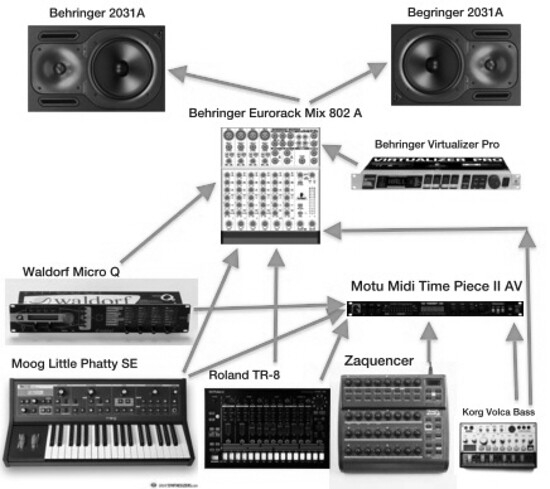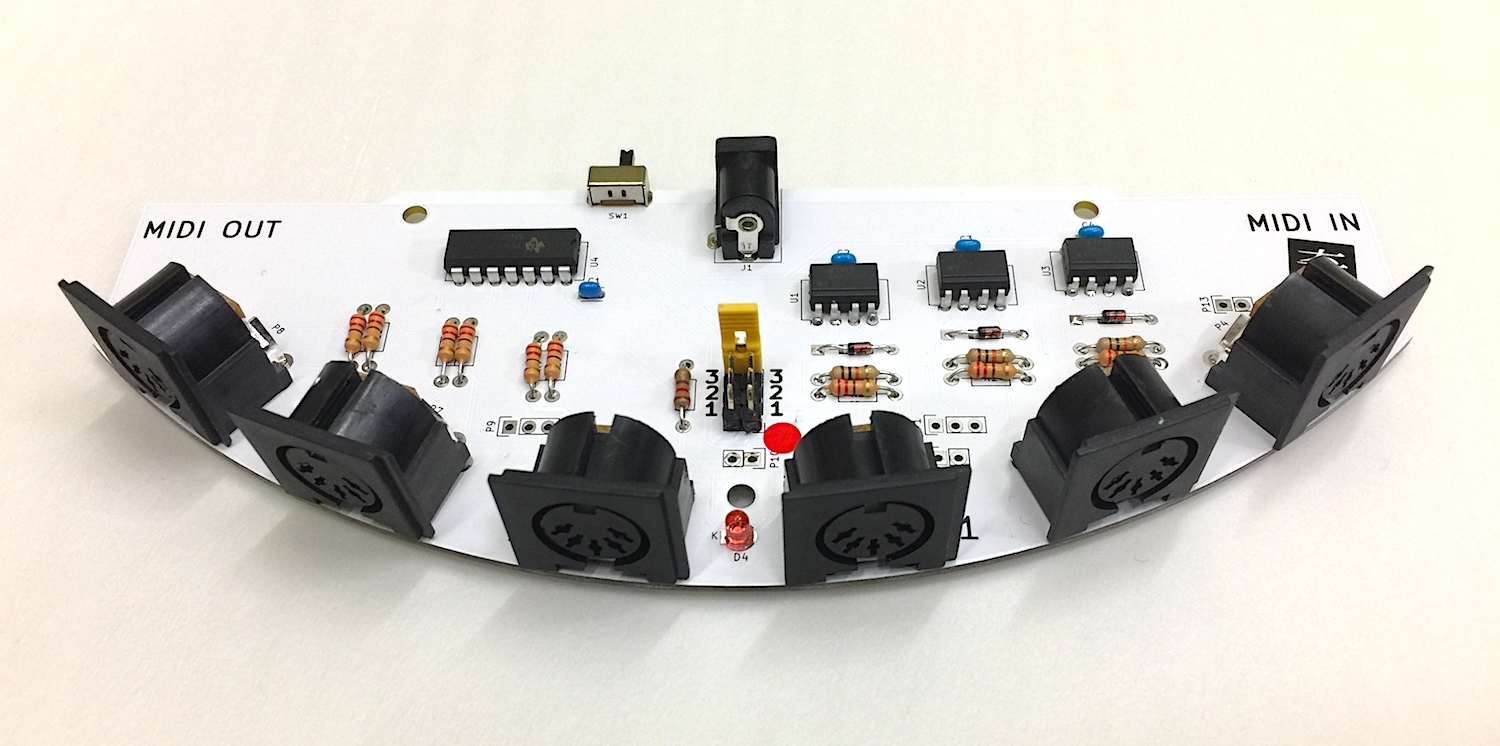

- #LOWEST LATENCY MIDI PATCHBAY DRIVER#
- #LOWEST LATENCY MIDI PATCHBAY PRO#
- #LOWEST LATENCY MIDI PATCHBAY WINDOWS#
Winking emoji againĪccording to this random webpage that is true, up to usb 1.1, usb 2 (and likely above) is at ~0.1ms Real data transfer nerdery is also at here. Trying to be current with my analogy as manufacturers think you should be current with their USB. USB gives me the shits literally just like fake meat does for some people.ĭisclaimer: the above analogy is just JOKING AROUND (note winking emoji). Meat (the DIN) you can live off it and tastes natural, looks good, is robust and is good in most peoples bodies.įake meat (the USB) : you can live off it but tastes chemical, looks as good as you want to imagine it could look (or as good looking as they tell you), is not a substitute nutrionally and is not happy in as many peoples body (just ask a Coeliac) The process side of it has already been paid for and implemented and the hardware parts needed are cheap.ĭIN vs USB is like meat vs theglobalist's fake meat. If "the USB" must be on there I also want choice of using an accepted link to my older gear not force fed the "new" that I cant use forcing me to buy new keyboards or outboard processors for a simple lack of a DIN socket when it costs very little to keep an old system on there along side the wonder replacement. It should be still on there with "the USB".

I love "the DIN" but why cant the two live in harmony like the black and white cookie. I've seen some people be quite vocal about the lack of 5 pin din midi. There are a few keyboards that can act as USB hosts and thus you can connect to another one through USB cable but those are rare. If you have to connect two keyboards, you can only use 5-pin DIN MIDI. I'm not 100% sure, but I believe you cannot send two consecutive packets more often that every 1ms which is a small lag but is still there, whereas with DIN MIDI you have a constant baud rate without delays, although one can say the constant baud rate limits the bandwidth and thus a heavy MIDI traffic such a multichannel sequence with a lot of program changes and other active data can hit the limitations, whereas on USB MIDI you can group multiple MIDI messages into one USB packet and thus have faster communication despite the max rate of USB packets, provided you don't choke the USB bus with many other devices using it simultaneously. Another reason is due to the topology and the specifics of the USB protocol, the MIDI data wrapped into USB packets can (and will) have delays. Conversely, I've had a lot of ground loops using USB-MIDI which is the reason why I use the 5-pin DIN whenever I can.
#LOWEST LATENCY MIDI PATCHBAY DRIVER#
I believe this will be much lower latency then trying to run the usb hardware driver under parallels-windows.The 5-pin MIDI DIN connector is opto-isolated and thus it naturally prevents ground loops. The IAC network utility has a way for routing, and if that fails, try the Midi patchbay program to get it there. Let the OSX USB driver handle all the hardware layer and just have parallels shuffle the midi out using IAC, should be very transparent on the Parallels-VM side of things.īuckaroo, I think using the stuff I just mentioned, you can find a way to route midi to your USB device.
#LOWEST LATENCY MIDI PATCHBAY WINDOWS#
By the way, that would probably be a much better way to get midi to your OSX hardware midi devices from windows as well.

Now if the parallels team would just please consider adding a virtual midi device to the VM or an IAC VM midi device, many of us would be very happy.
#LOWEST LATENCY MIDI PATCHBAY PRO#
I was piping midi out of Jammer Pro under parallels, into Digital Performer, and recording 12 midi tracks at once. If the windows program has the ability to create a larger midi buffer, that might also eliminate any jitter from VM slowdown, but so far I found it worked quite great. My testing so far showed zero ms network latency and seemed to work quite well. Once you have that installed into your windows environment, it can communicate with standard apple IAC-network. In any case, first reiterate, I have asked Parallels folks for this myself over the past couple years and they acknowledged my question, but obviously did nothing about it. Apple makes it very easy to create virtual midi devices, very small amount of code, and if Parallels team did that, then on parallels side it appears as windows midi device and on Apple it appears as virtual midi device, or they could tap into IAC. I have found a work around that seems to work ok most of the time, but I agree Parallels are lame for not create a virtual midi device as part of the Virtual Machine.


 0 kommentar(er)
0 kommentar(er)
